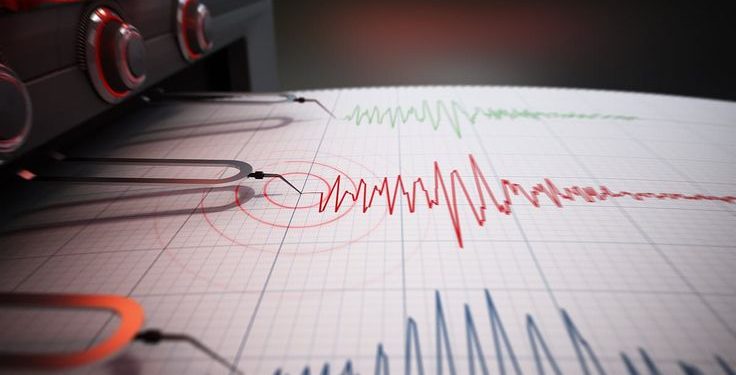Jakarta, Indonesia Sentinel — A 6.8 magnitude earthquake struck southwestern Japan on Monday night, triggering a small tsunami in the affected area, though no major damage has been reported.
The Japan Meteorological Agency (JMA) confirmed the earthquake hit Miyazaki, located on Kyushu Island, at approximately 9:19 PM local time on January 13, 2025. In response, the JMA issued warnings advising the public to stay away from coastal areas due to the tsunami threat.
According to CNBC Indonesia, the agency warned of possible tsunami waves up to one meter (3 feet) high and urged people to avoid the waters. The tsunami advisory was issued for Miyazaki Prefecture, the epicenter of the quake, as well as for nearby Kochi Prefecture on the island of Shikoku.
However, only smaller waves, around 20 centimeters (8 inches), were recorded at several ports in the region, the JMA reported. Live television broadcasts from Japan showed calm seas, with ships operating normally and traffic flowing smoothly.
In some coastal areas, residents were evacuated as a precautionary measure, though no direct damage has been reported. According to AFP, local media reported minor damages, such as broken windows at train stations and items falling from shelves in stores. NHK also reported that a man suffered minor injuries after falling inside his home.
The Ring of Fire
Japan sits atop four major tectonic plates along the western edge of the Pacific “Ring of Fire,” making it one of the most seismically active countries in the world. The archipelago, home to around 125 million people, experiences approximately 1,500 tremors annually. Most of these quakes are minor, but the damage they cause can vary depending on their location and depth.
Los Angeles Wildfires Rage On, Thousands Evacuated Amid Record Destruction
In early 2024, a 7.5 magnitude earthquake struck the Noto Peninsula, killing nearly 470 people, many of whom were elderly. This marked the largest quake in Japan in more than a decade.
Japan enforces strict building codes designed to ensure structures can withstand strong earthquakes and regularly conducts emergency drills to prepare for major seismic events.
As Japan continues to face seismic activity, authorities remain vigilant in their preparedness efforts, ensuring the safety of residents and maintaining strict construction standards to withstand future quakes.
(Raidi/Agung)


























